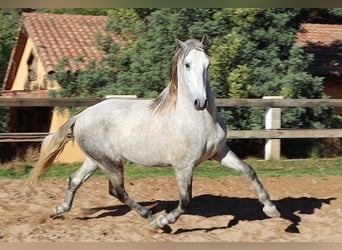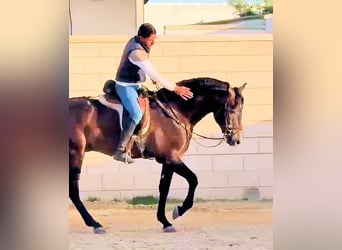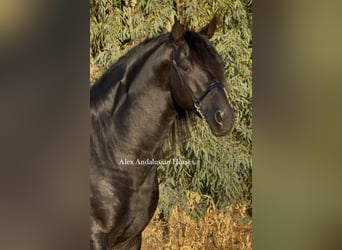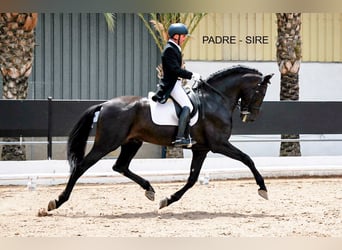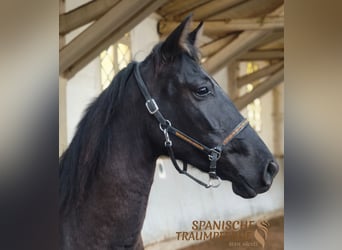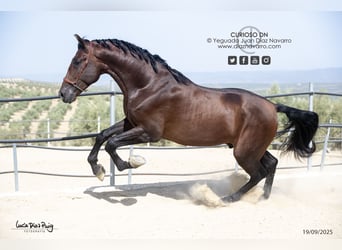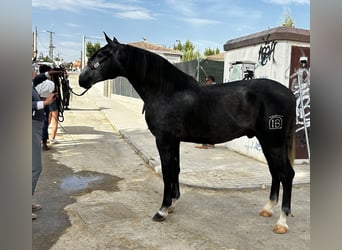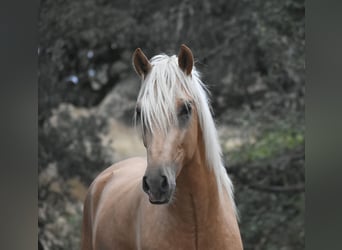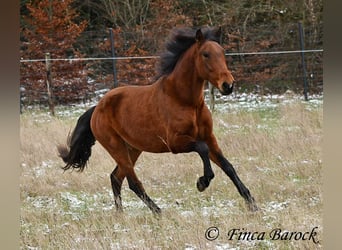ES
Baroque horses - horses for sale
Page-1-Ad
In addition, interested parties can directly see more information. This significantly increases the number of potential buyers.

ES
ES
ES
ES
ES
ES
ES
ES
PL
DE
ES
ES
ES
ES
ES
ES
ES
DE
ES
ES
Baroque horses for sale on ehorses
Baroque Horses are members of some of the world’s noblest and most intelligent breeds. Easily distinguished by their flowing manes and tails and striking paces, it’s not hard to see why horses of the Baroque type are a popular choice for films and television. They also have superb temperaments, although they are not generally considered good horses for novices. This is mainly because they respond sensitively to experienced riders and bond closely with them. With the right partner, a Baroque Horse can succeed at the highest level of equestrianism.
Characteristics of a Baroque Horse
Baroque Horses are mainly, though not exclusively, black, grey or bay in colour, since the majority of breeders producing horses of this type have selectively bred for these coat colours over the centuries. As the name suggests, Baroque Horses are modern representatives of the type of horses that were popular with elite members of society during the Baroque period, which lasted from the late sixteenth to the early eighteenth century. All the Baroque breeds have beautiful natural head carriage, as well as straight or slightly convex profiles inherited from their Barb ancestors. They combine power with elegance and grace in a unique way. Unsurprisingly, Baroque horses excel at equestrian displays and in dressage.
Baroque Horses: The Best Breeds for this Type
The ancestors of modern Baroque Horses include Spanish and Neapolitan war horses. The best-known today are undoubtedly the purebred horses of Spain and the Lipizzaners of the Spanish Riding School. Another ancestor was the famous Spanish Jennet, a gaited riding horse that was prized throughout Europe. All the breeds of the Iberian Peninsula – the PRE , the Andalusian and the Lusitano , along with the Menorquin - are outstanding examples of Baroque Horses. Less well-known, but equally commanding, is the Murgese horse of Southern Italy. The handsome Frederiksborg horse, which is often chestnut, palomino or dun, is another breed with Baroque origins that stands out due to its striking colours. The modern Friesian , while developed mainly as an all-round working and carriage horse, is now classified as a Baroque breed due to its presence and beauty. The Kladruber carriage horse, a slightly larger and stronger version of the Lippizaner , is also an excellent example of a Baroque type. The imposing Warlander is a modern Baroque breed, created by crossing Friesians with any Iberian purebred.
Baroque Horses in Equestrianism
During the Baroque period, these beautiful, responsive horses took part in displays of advanced riding in the manège - and were also war horses. The power and presence of the horses reflected the status and horsemanship of their owners. They were the first horse of choice for famous horsemen such as the Duke of Newcastle and the rulers of the Habsburg dynasty, who praised them for their presence and intelligence. When working at the highest level, Baroque breeds are capable of performing airs above the ground, such as leaps, levades and courbettes that can be seen at the Spanish Riding School. They are a natural choice for classical dressage competitions. Their compact outline and impressive action mean they excel when working in collection. As well as being the equine stars of many TV series and movies, particularly historical-themed programmes, Baroque Horses have their own dedicated events, which are becoming increasingly popular across the globe. Typical activities showcase the historic use of Baroque breeds, such as Doma Vaquera performances like garrocha, the skilful handling of the long pole used by Spanish cowboys when herding cattle. Horseback archery is another popular activity at historical-themed events. In fact, all the Baroque breeds are intelligent and versatile. They are capable of participating in a range of equestrian activities since they are robust and have plenty of stamina. Fans of Baroque Horses talk enthusiastically about their rideability, and it doesn’t stop there. Many of the breeds were developed to be used as carriage horses, too, the best-known examples being the Kladrub , the Friesian and the Frederiksborg . Baroque Horses look stunning both under the saddle and in harness. They are an excellent choice for the dedicated rider with an appreciation of their historic importance and a desire to contribute to their preservation.














